News

General Information: Home About Me CV Contact /// Physics Department SUT Cosmology Group of Sharif University of Technology
Academic Activities: Research Interest Publication Projects Collaborators My Students Courses Cosmology Talks درس نامه ها
Other Activities: Science Outreach Outside Physics Articles News Press Links Photo Gallery فارسی Հայերէն
News
Special Seminars !!
Title: The Origin of the Cosmos: Theory versus Observation
Speaker: Ghazal Geshnizjani (Perimeter Institute of Theoretical Physics and Applied Mathematics - University of Waterloo)
Time: Sunday - 19 October 2014 - 13:30
Place: Department of Physics Sharif University of Technology - Amphitheater
Title: Dark Matter Nanostructures
Speaker: Niayesh Afshordi (Perimeter Institute of Theoretical Physics and Department of Physics and Astronomy - University of Waterloo)
Time: Tuesday - 14 October 2014 - 16:30
Place: Department of Physics Sharif University of Technology - Amphitheater
In this page you will find news about Cosmology, Physics, Philosphy, Literature ans etc... in chronological order:
8) LUX experiment did not find WIMPs up to its sensitivity scale (30 October 2013)

The LUX (Large Underground Xenon) experiment has just announced results from
their first run, which gathered data for 85 days between April and August of
this year. LUX is located a mile underground (to shield from cosmic rays and
other interference) in an old mine in South Dakota, and employs a liquid Xenon
detector with total mass of 370 kg. LUX is searching for WIMP dark matter
particles which recoil directly off the nucleus of Xenon atoms in the detector.
They have two important findings from this first swath of data. First, to within
the sensitivity of their experiment, they detected no weakly interacting massive
dark particles (WIMPs). And second, their experiment has much greater
sensitivity than other experiments in the low mass range from about 5 GeV to 100
GeV (the proton rest mass is a bit less than 1 GeV). Thus it is placing much
tighter constrains on the cross-section for dark matter to interact with a
nucleus, and the density of dark matter at the Earth’s orbit. You can find the
articel here.
7) The South Pole Telescope has detected the first B-mode polarization signal in the cosmic microwave background. (24 July 2013)

Hanson, D. et al. Preprint at http://xxx.lanl.gov/abs/1307.5830 (2013) wrote in the abstract of their paper , Gravitational lensing of the cosmic microwave background generates a curl pattern in the observed polarization. This "B-mode" signal provides a measure of the projected mass distribution over the entire observable Universe and also acts as a contaminant for the measurement of primordial gravity-wave signals. In this letter we present the first detection of gravitational lensing B modes, using first-season data from the polarization-sensitive receiver on the South Pole Telescope (SPTpol).
6) The 2013 Gruber Cosmology Prize recognises Viatcheslav Mukhanov (left) and Alexei Starobinsky (right) for their formative contributions to inflationary theory, an essential component for understanding the evolution and structure of the Universe. (11 July 2013)
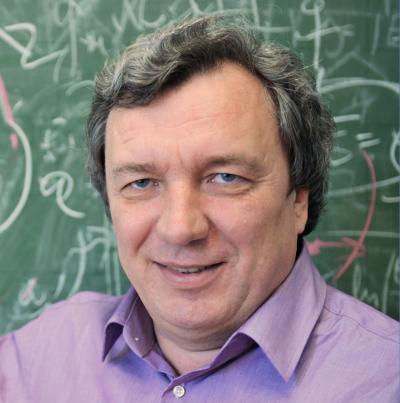
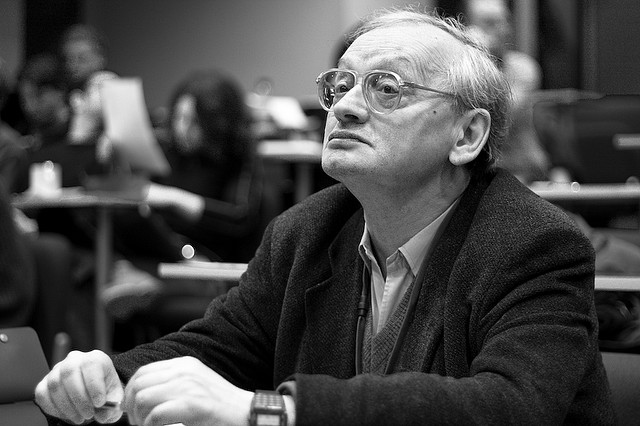
According to the Prize citation, the theoretical work
of Viatcheslav Mukhanov and Alexei Starobinsky "changed our views on the origin
of our Universe and on the mechanism of its formation of structure". They made a
"profound contribution to inflationary cosmology and the theory of the
inflationary perturbations of the metric of spacetime. This theory, explaining
the quantum origin of the structure of our Universe, is one of the most
spectacular manifestations of the laws of quantum mechanics on cosmologically
large scales."
5)Segue 2: The Least Massive Galaxy (10 June 2013)
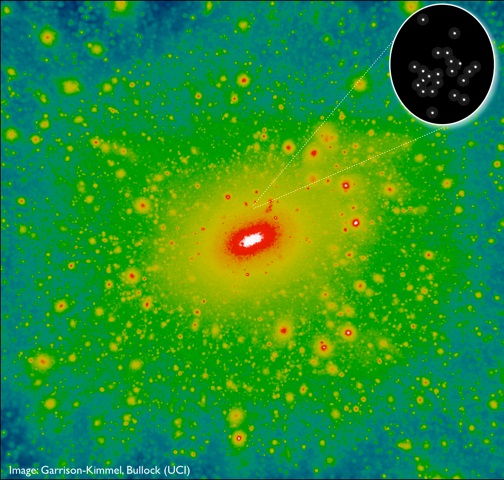
Segue 2, (Picture above) discovered by Belokurov et al. (2009), is a galaxy with a luminosity of only 900 L_sun. We present Keck/DEIMOS spectroscopy of 25 members of Segue 2--a threefold increase in spectroscopic sample size. The velocity dispersion is too small to be measured with our data. The upper limit with 90% (95%) confidence is sigma_v < 2.2 (2.6) km/s, the most stringent limit for any galaxy. The corresponding limit on the mass within the 3-D half-light radius (46 pc) is M_1/2 < 1.5 (2.1) x 10^5 M_sun. Segue 2 is the least massive galaxy known. arXiv:1304.6080
4) Three events with 3sigma significent found in CDMS probably indicating Dark Matter particles?!! 15 April 2013

Eight silicon detectors recorded three events that may represent collisions from weakly interacting massive particles, or WIMPs. The work was reported on 13 April at the American Physical Society meeting in Denver, Colorado, (You can find the articel here). “We do not believe this result rises to the level of a discovery, but it does call for further investigation,” said Kevin McCarthy, a CDMS team member from the Massachusetts Institute of Technology in Cambridge.
3) The Discovery of the Most Distant Known Type Ia Supernova at Redshift 1.914 : 4 April 2013
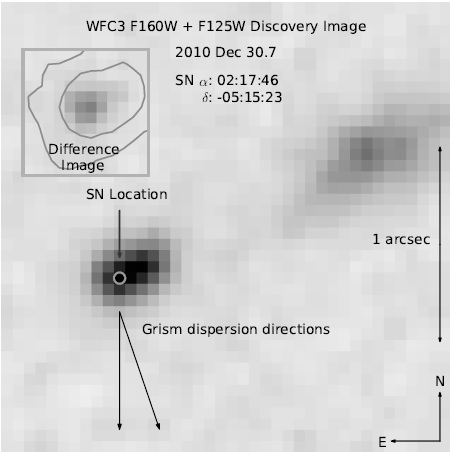
Jones at al. find the most distance SNIa: This is the abstract of their paper accepted to be published in ApJ:
We present the discovery of a Type Ia supernova (SN) at redshift z = 1.914 from the CANDELS multi-cycle treasury program on the \textit{Hubble Space Telescope (HST)}. This SN was discovered in the infrared using the Wide-Field Camera 3, and it is the highest-redshift Type Ia SN yet observed. We classify this object as a SN\,Ia by comparing its light curve and spectrum with those of a large sample of Type Ia and core-collapse supernovae (SNe). Its apparent magnitude is consistent with that expected from the $\Lambda$CDM concordance cosmology.
2) A probable hint for Dark Matter from Space experiment AMS(Alpha Magnetic Spectrometer): 3 April 2013

A precision measurement by the Alpha Magnetic Spectrometer on the International Space Station of the positron fraction in primary cosmic rays in the energy range from 0.5 to 350 GeV based on 6.8×10^6 positron and electron events is presented. The very accurate data show that the positron fraction is steadily increasing from 10 to ~250 GeV, but, from 20 to 250 GeV, the slope decreases by an order of magnitude. The positron fraction spectrum shows no fine structure, and the positron to electron ratio shows no observable anisotropy. Together, these features show the existence of new physical phenomena.
This is the absreatc of AMS group published in PRL http://prl.aps.org/abstract/PRL/v110/i14/e141102,
The experiment is sponsored by the U.S. Department of Energy. It is led by Nobel laureate Samuel Ting of the Massachusetts Institute of Technology and involves hundreds of scientists from all over the world
1) Planck Satellite new Results: 21 March 2013
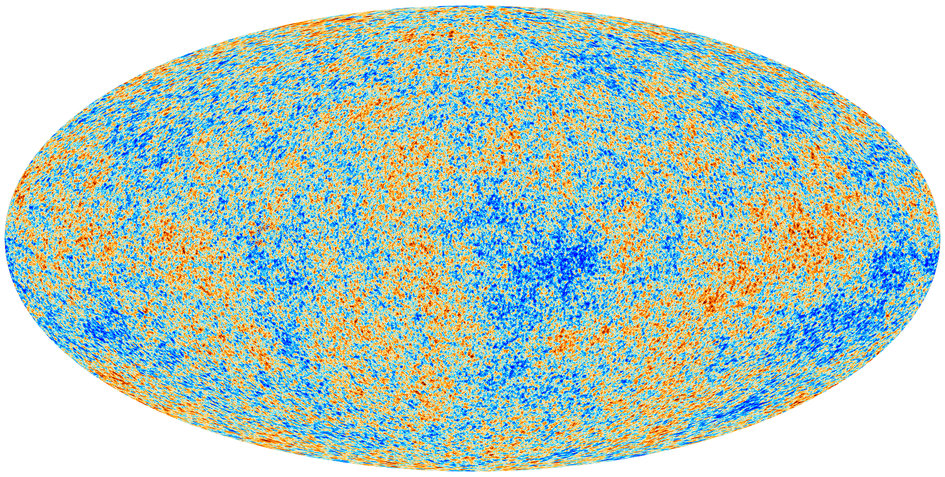
21 March 2013, European Space Agency designed Planck satellite published its first Cosmological results. Planck satellite which observe the relics of photons from very Early Universe, map the cosmic microwave background radiation, in full sky and with high resolution of almost ~ 7'. The interesting results of Planck are:
1)The energy budget of Universe is divided in a new cosmological pie: 1) 68% Dark energy 2) 27% Dark Matter 3)5% Baryonic Matter, A real change from WMAP
2)The age of Universe is almost 100 Million years more than what we know: t_uni~13.8 Gyr
3)There is no significant evidence for Non-Gaussianity
4)There is no evidence for relativistic species except neutrinos
5)Planck observe the anomalies in large angular scales : suppression of power in large scales
6)There is an evidence for anisotropy !!!
7)The Hubble parameter measured and it is less than the WMAP findings H_0~68 km/s/Mpc
8) 861 cluster of galaxies are found by SZ effect
9)Gravitational Lensing of CMB is found with 9-sigma level
10)The initial power spectrum is red tilted with 5-sigma significiant.
You can find Plancks 2013 papers here: http://www.sciops.esa.int/index.php?project=PLANCK&page=Planck_Published_Papers